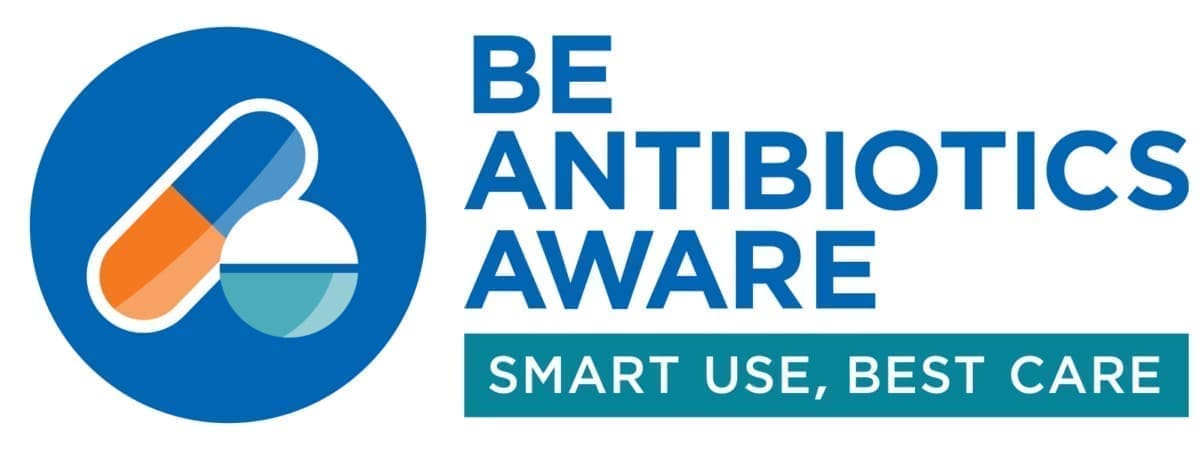
This week—-November 13-17-—marks U.S. Antibiotic Awareness Week, a Centers for Disease Control and Prevention (CDC) initiative to raise awareness about the growing problem of antimicrobial resistance. The initiative is part of the CDC’s Be Antibiotics Aware campaign, an annual one-week observance to raise awareness of the threat of antibiotic resistance and the importance of appropriate antibiotic prescribing and use and the resulting “superbug” phenomenon.
Each year in the United States, at least two million people become infected with bacteria that are resistant to antibiotics and at least 23,000 people die as a direct result of these infections. Many more people die from other conditions that were complicated by an antibiotic-resistant infection. The use of antibiotics is the single most important factor leading to antibiotic resistance around the world. Antibiotics are among the most commonly prescribed drugs used in human medicine. However, up to 50 percent of all the antibiotics prescribed for people are not needed or are not optimally effective as prescribed.
The severity of antimicrobial resistance was also underscored last week in a new study by the Johns Hopkins Center for Health Security, which was funded by NACDS. The study points to how community pharmacy can bolster public health in the U.S., including by playing a role in educating patients and performing tests to correctly identify infections to help ensure antibiotic use is clinically appropriate.